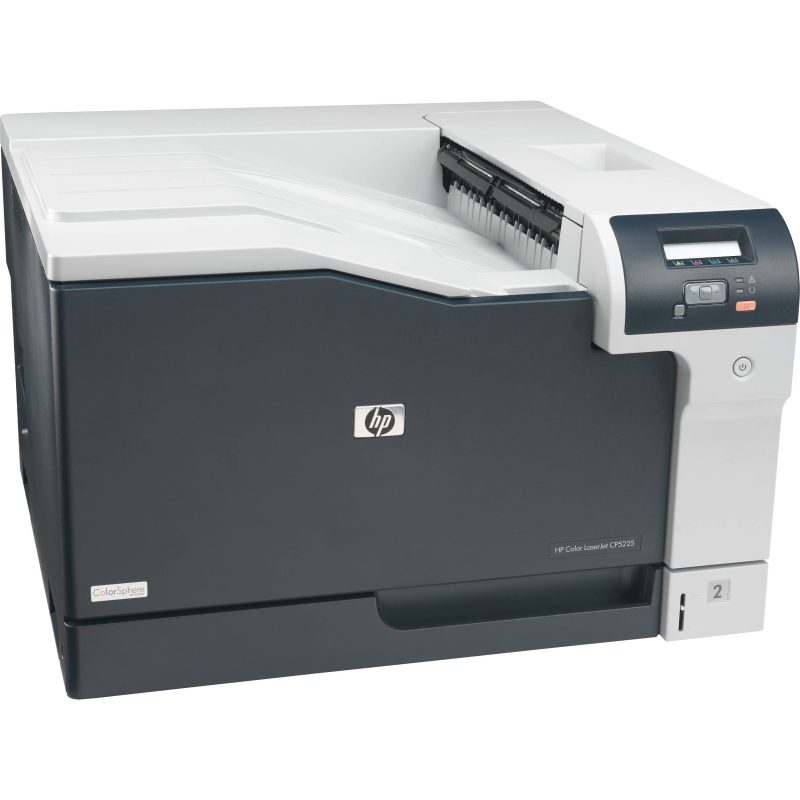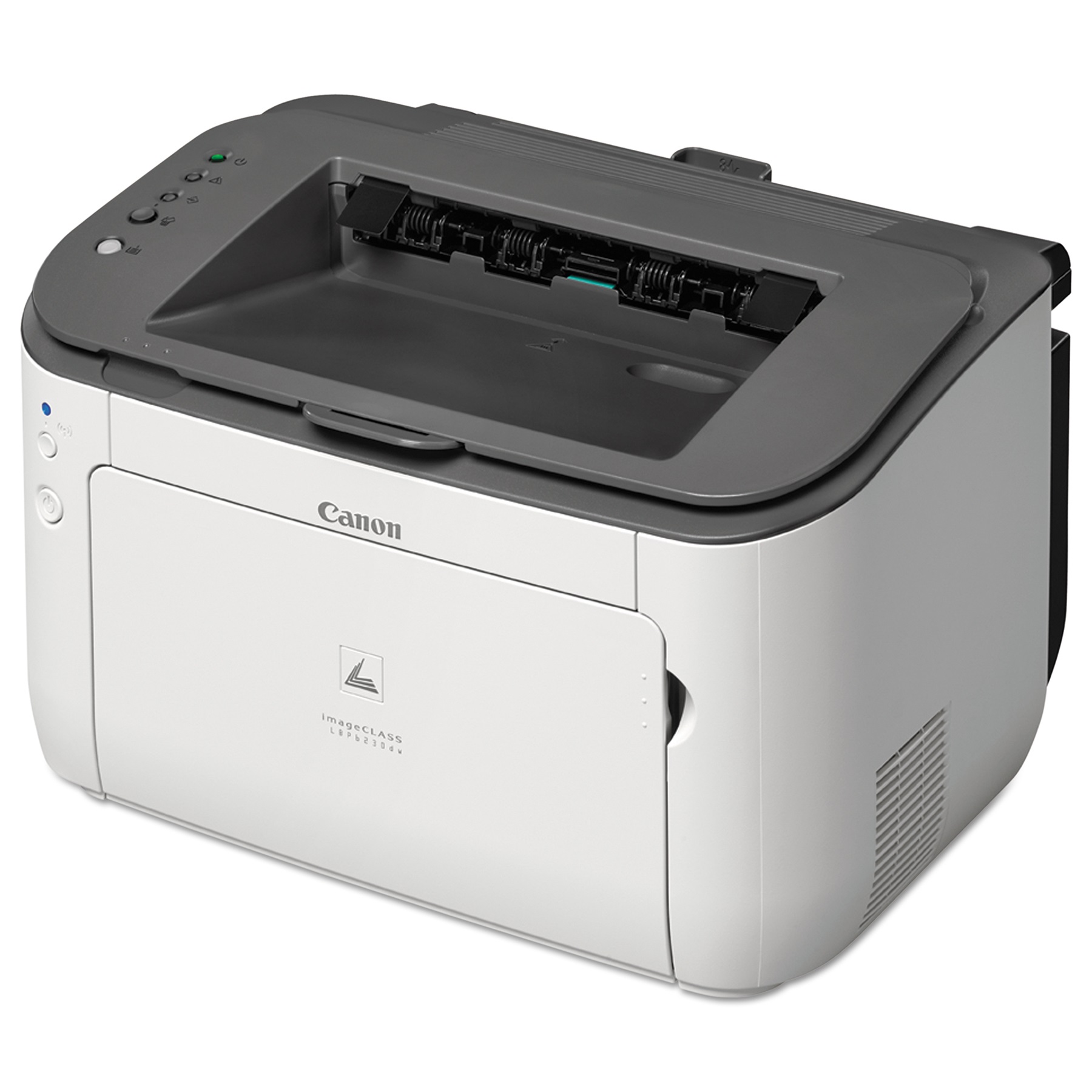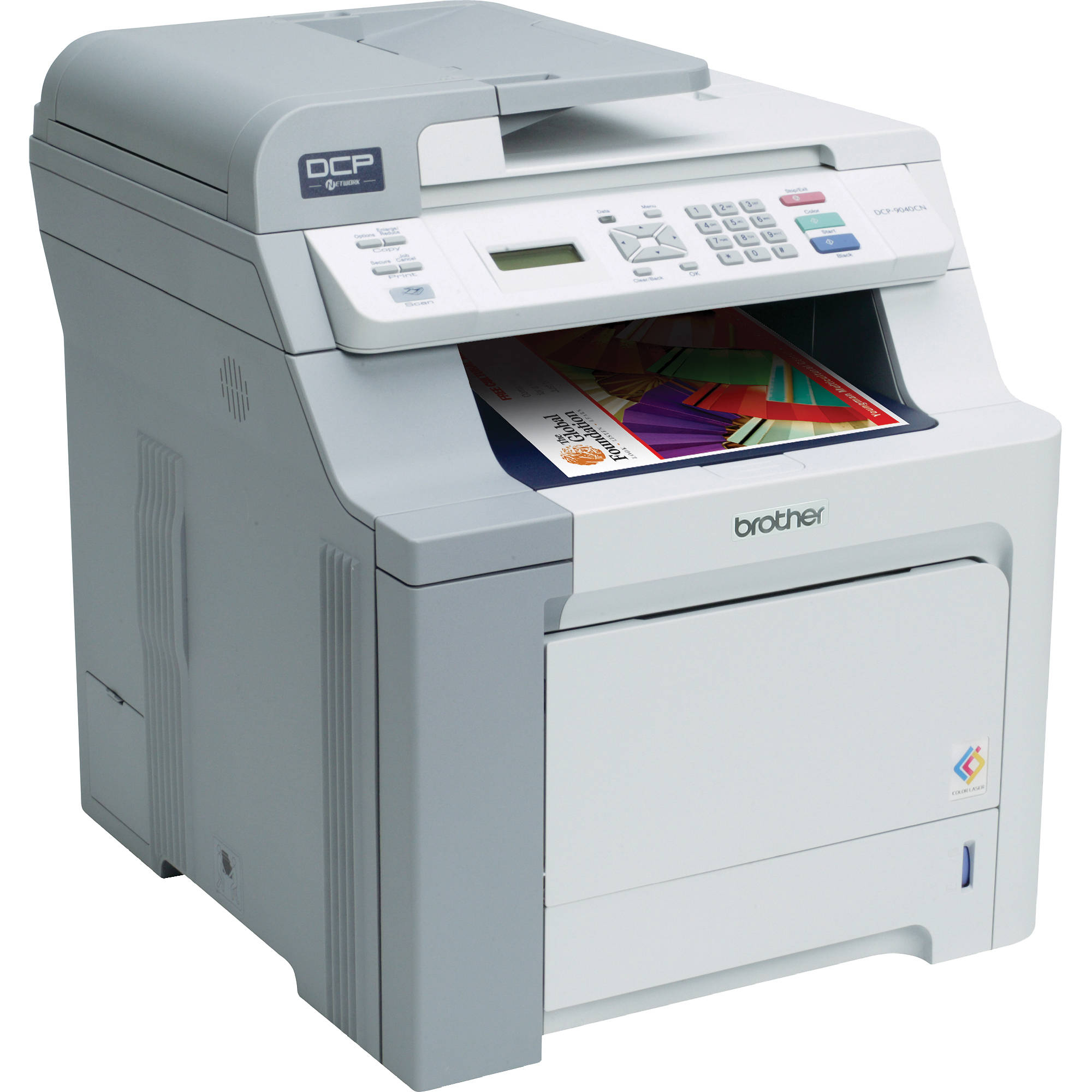In the world of printing technology, inkjet and laser printers are two of the most commonly used types. Each has its own unique set of advantages and disadvantages that influence which type is best suited for a particular task. In this comprehensive guide, we will delve into the differences between inkjet and laser printers, exploring their mechanisms, pros and cons, ideal use cases, and much more.
Overview of Printing Technology
What is an Inkjet Printer?
Inkjet printers work by spraying tiny droplets of liquid ink onto paper. The ink is stored in cartridges that either need to be replaced periodically or can be refilled. Inkjet printers have become popular for various applications, such as document printing, photography, and even fine art.
What is a Laser Printer?
Laser printers utilize a completely different approach. They use a laser beam to deposit toner (a fine powder) on a rotating drum, which then transfers the toner to paper, followed by a fuser that melts the toner into the paper. This technology generally allows for faster print speeds and higher volumes compared to inkjet printers.
Key Differences Between Inkjet and Laser Printers
Mechanism of Printing
Inkjet Printer Mechanism
Inkjet printers function based on the principle of ink droplet formation. They contain tiny nozzles in their print heads that eject small droplets of liquid ink. The size of these droplets can vary, allowing for precision printing and various shades of color.
- Advantages:
- Capable of printing very high-resolution images.
- Better at blending colors due to liquid ink.
- Disadvantages:
- Slower than laser printers for bulk printing.
- Can lead to ink smudging and running if not properly dried.
Laser Printer Mechanism
Laser printers employ a complex process involving laser beams, photoconductors, and heat. When the laser beam hits the drum, it charges areas of it to form an image, which subsequently picks up toner and transfers it to the paper.
- Advantages:
- Fast print speeds, especially for text documents.
- Toner is less susceptible to smudging and running.
- Disadvantages:
- Limited capability for high-resolution color printing compared to inkjets.
- Initial costs can be higher due to the price of toner cartridges.
Cost Analysis
Initial Costs
- Inkjet Printers:
Generally, inkjet printers come with a lower initial price tag. Models rarely exceed $200 for basic functionalities, making them highly accessible for home users. However, more advanced models, especially those targeting photographers, can be significantly more expensive. - Laser Printers:
The initial cost of a laser printer is typically higher. You can expect to pay anywhere from $200 to over $1,000 for a good-quality laser printer, particularly those with multifunction capabilities.
Cost of Consumables
- Inkjet:
Ink cartridges can be relatively costly, and the cost per page may ensure that ongoing expenses mount up quickly, especially for those who need color printing. A single cartridge can run anywhere from $10 to $75 depending on color and brand. - Laser:
Although laser printers are more expensive to purchase initially, the toner cartridges have a longer life and often have a lower cost per page. A toner cartridge can produce thousands of pages, making them more economical in the long run.
Print Quality
Inkjet Print Quality
Inkjet printers generally hold an edge in print quality, particularly for color images and photographs. They can produce vivid colors and intricate details, making them ideal for graphic-heavy tasks.
- Perfect for:
- Photo printing
- Color documents
- Artistic prints
Laser Print Quality
While laser printers are primarily designed for text documents, they deliver high-quality outputs, particularly for text and simple graphics. However, when it comes to color fidelity and high-resolution images, inkjet printers remain the superior choice.
- Perfect for:
- Business documents
- Black-and-white printing
- Simple color graphics
Speed and Volume
Print Speed
- Inkjet Printers:
Print speeds can range from 5 to 20 pages per minute (PPM), depending on the model and whether it’s handling black-and-white or color prints. The vivacity of color images often leads to slower print speeds. - Laser Printers:
Generally faster, high-quality laser printers can print anywhere from 20 to 40 PPM, and some commercial models can exceed those numbers dramatically, making them better suited for office environments requiring high-volume printing.
Print Volume Capability
- Inkjet:
Generally suitable for lower print volumes. While they can handle occasional bursts of high-quality printing, sustained large-volume printing can lead to faster wear and tear. - Laser:
Designed for high-volume printing, laser printers can run for longer lengths of time without needing maintenance. They are typically more reliable with lower prices per page for large print jobs.
Maintenance Requirements between inkjet and laser printer
Inkjet Maintenance
Inkjet printers require regular maintenance to prevent clogging of the print head, especially if not used frequently. Users complete routine ink checks and perform cleaning cycles when necessary.
- Cleaning:
Many inkjet models come equipped with an automatic cleaning feature to maintain print quality.
Laser Maintenance
Laser printers require less frequent maintenance. Toner cartridges must be replaced due to their more extended lifespan, but users should keep an eye on drum health, and fusing units occasionally need replacement, especially in high-use situations.
 Ideal Use Cases
Ideal Use Cases
When to Choose an Inkjet Printer
- Photo Printing: If your focus is on photography or color-rich documents, an inkjet printer is usually the better choice.
- Home Use: Families who need affordable, versatile printing options will find inkjet printers to be a convenient choice.
- Limited Volume Printing: Occasional users needing to print items like school projects, homework, or craft materials might find inkjets more affordable.
When to Choose a Laser Printer
- Business Use: For businesses requiring high-speed printing, especially for large documents and presentations, laser printers are typically preferable.
- Text Documents: If the bulk of printing involves text documents, laser printers provide speed and efficiency.
- High Volume: Organizations with heavy printing demands will benefit from the efficiency and cost-effectiveness of a laser printer.
Environmental Considerations
Energy Consumption
- Inkjet Printers:
Generally consume less power during operation, making them eco-friendly alternatives for home users. - Laser Printers:
When in standby mode, they tend to use more energy but can be efficient during high-volume runs, compensating for energy use.
Waste and Recycling
- Both inkjet and laser printers produce waste in the form of cartridges. Ink cartridges can leak, and laser printers produce waste toner. Awareness and use of recycling programs for used cartridges are essential for those considering environmental impact.
Conclusion: Difference between inkjet and laser printer
In exploring the features and specifications of printers, it becomes evident that there is no one-size-fits-all solution. Each type has its pros and cons, making them suitable for different applications and user needs. The advantages of laser printers and inkjet printers are distinctly highlighted in the difference between inkjet and laser printer technologies: inkjet printers excel in flexibility and the ability to produce vibrant color prints, while laser printers are known for their speed and cost efficiency.
When determining the best printer for your needs, it’s essential to align its capabilities with your printing requirements. Consider aspects like initial costs, ongoing expenses, print volume, and the types of documents you most frequently produce. By understanding these differences between inkjet and laser printers, you can make an informed choice that not only addresses your immediate printing needs but also supports your long-term goals.
In today’s rapidly evolving digital landscape, both inkjet and laser printers continue to hold their ground due to their unique advantages, each tailored for specific tasks in home and professional environments. Whether you’re a businessperson in need of vast quantities of reports or a hobbyist looking to print stunning images, recognizing the difference between inkjet and laser printer options will guide you toward your ideal printing solution.


